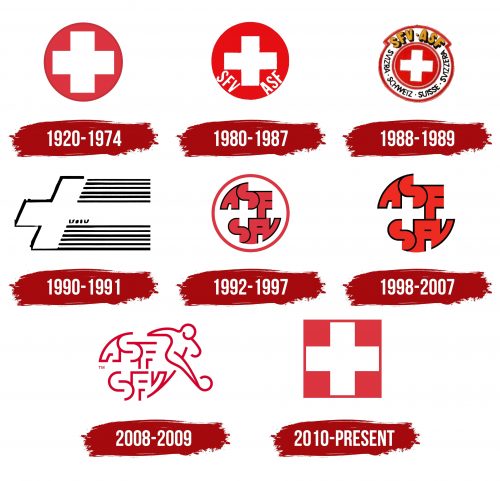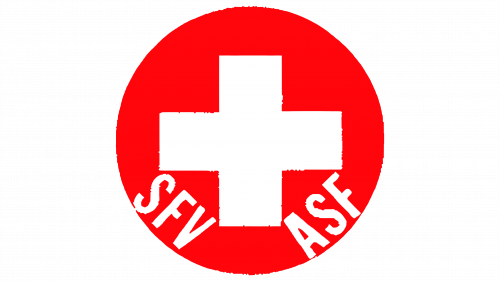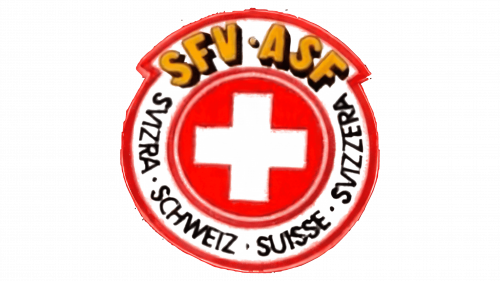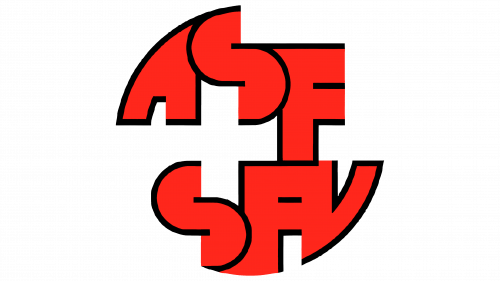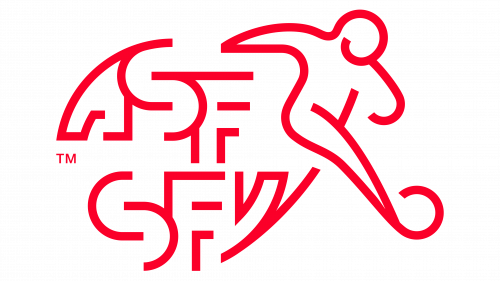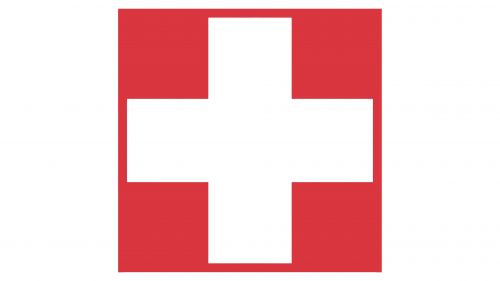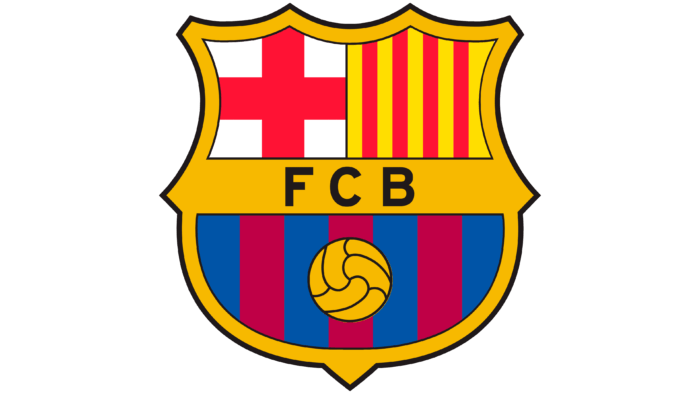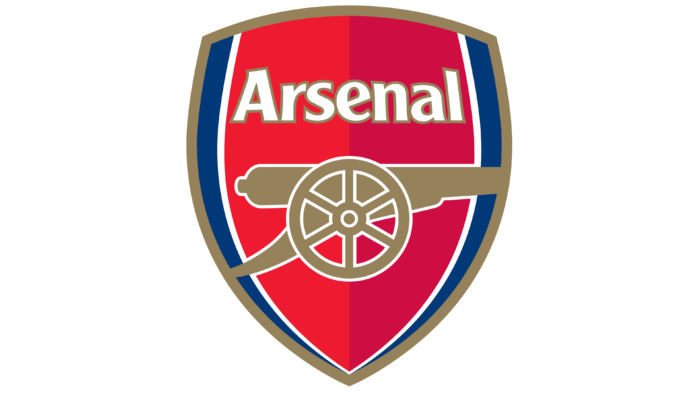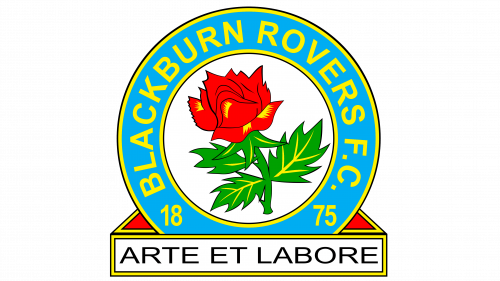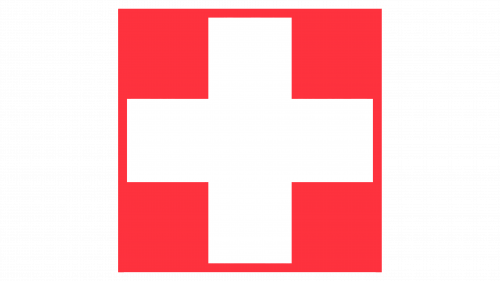 Switzerland National Football Team Logo PNG
Switzerland National Football Team Logo PNG
The Switzerland National Football Team logo merges with the country’s national flag, showcasing the team’s deep unity and patriotism. When they take the field, the players represent Switzerland playing football.
Switzerland National Football Team: Brand overview
The Swiss national football team, a venerable presence in the world of soccer, boasts a history marked by resilience and memorable moments. The Swiss Football Association, established in 1895, paved the way for the national team’s debut in 1905, where they played a closely contested match against France, ending in a narrow 1-0 defeat. By 1924, the team had made a significant mark, clinching silver medals at the Paris Olympic Games. Early World Cup participation in 1930, 1934, and 1938 saw spirited efforts but no breakthroughs.
The post-World War II era saw Swiss football rise again. The national team qualified for the 1950 and 1954 World Cups, with the latter hosted on home soil. This tournament saw Switzerland advance to the quarterfinals, where they triumphed over Italy with a decisive 4-1 victory.
The modern era ushered in a period of steady progress. Under English coach Roy Hodgson, Switzerland returned to the World Cup stage in 1994 after a 28-year hiatus. Though they didn’t progress beyond the group stage, their performances against Spain and Colombia were commendable.
The early 2000s brought a wave of new talent. Players like Alexander Frei, Hakan Yakin, and Philippe Senderos helped the team qualify for Euro 2004 and the 2006 World Cup, though advancing beyond the group stages remained elusive.
In 2008, German coach Ottmar Hitzfeld took the reins, steering Switzerland to the 2010 and 2014 World Cups, where they reached the Round of 16. The 1-0 victory over eventual champions Spain in 2010 was a standout moment.
Vladimir Petkovic, who succeeded Hitzfeld, guided the team to the Round of 16 at Euro 2016 and the 2018 World Cup. Switzerland’s best-ever result came at Euro 2020 (held in 2021 due to the pandemic), where they reached the quarterfinals after a dramatic win over reigning world champions France before falling to Spain in a penalty shootout. Key players during this period included Xherdan Shaqiri, Granit Xhaka, and Ricardo Rodriguez.
Post-Euro 2020, Murat Yakin took over as head coach and led the team to comfortably qualify for the 2022 World Cup in Qatar. The team once again reached Round 16, maintaining its consistent performance in recent tournaments.
Swiss football is renowned for its disciplined approach, solid defense, and swift counter-attacks. The team regularly competes in major international tournaments and often surprises top football nations. A notable moment was their 1-1 draw with Brazil during the group stage of the 2018 World Cup.
The current squad, featuring many players from Europe’s top leagues, blends quality with an entertaining style of play. As of August 2023, Switzerland ranks 12th in the FIFA world rankings, underscoring its prominent position in international football.
Meaning and History
What is the Switzerland National Football Team?
The Switzerland National Football Team represents Switzerland in international football competitions. Managed by the Swiss Football Association (ASF/SFV), the team is known for its disciplined and organized style of play. Switzerland has consistently qualified for major tournaments, earning a reputation as a competitive and resilient team. The team has produced several talented players who have excelled both domestically and internationally. Switzerland’s dedicated fan base and strong footballing tradition reflect the country’s commitment to achieving success on the global stage.
1920 – 1974
The first emblem was designed for the 1924 Olympic Games, where the team won a silver medal.
Like many football logos, the design adopted a circular shape. The spherical structure linked the image to a ball, emphasizing team collaboration.
The center of the emblem featured the Swiss flag, signifying the team’s identity. The white cross, an important national symbol, is associated with Christianity and the Swiss Confederation’s military field signs. It reflects the values and military valor passed down from the players’ ancestors. The red background conveys a sense of expression, energy, and enthusiasm, enhancing the fighting spirit of the country’s athletes.
1980 – 1987
The logo retained its concept and design, but the English and Swiss abbreviations for the Swiss Football Association (Schweizerischer Fussballverband) were added inside the circle. The federation was responsible for organizing and managing the national team. Including the text on the logo highlighted the team’s official status and protection.
With this addition, the cross became smaller, adding harmony to the design. Like a football field, the red background provided a sense of freedom for play.
1988 – 1989
The logo received a more refined and logically organized design. While maintaining its circular shape, a top section was added to accommodate the abbreviations of the organization governing Swiss football.
The white contour ring features the name of Switzerland in its four official languages: German, French, Italian, and Romansh. This element highlights the country’s rich heritage and the team’s equal participation of representatives from all cultures.
The traditional white cross on a red background is at the center of the symbol.
These additions enriched the logo’s meaning, creating a more comprehensive representation of the team and its values.
1990 – 1991
The emblem of 1990 demonstrates a completely new approach. The white cross, rapidly moving to the left, symbolizes speed and the player’s movement on the field. It signifies the team’s swift progress into the new millennium. This design makes the logo very dynamic, reflecting the nature of the game itself. Only straight black lines and the imprint of one of the crossbars of the cross remain behind, as if a gust of wind swept away the paint, leaving a mark that represents the team’s legacy in the history of world football.
1992 – 1997
The 1992 emblem has a very avant-garde look. Fans are familiar with the round shape and red letters SFV and ASF. An unusual feature is the font, with curves and semicircles forming a spotted pattern reminiscent of a soccer ball. The departure from traditional symbols and their new interpretation highlights a creative and forward-looking perspective, showcasing a readiness for change.
1998 – 2007
The emblem represents the next step towards minimalism. By retaining only the unique lettering that follows the circular contours, the team has allowed for various interpretations of the image and shape of the logo. This approach highlights the ability to evolve with the times, demonstrating readiness for boundless football and active collaboration with coaches and players worldwide. The simplified design underscores the flexibility and adaptability essential for modern sports, ensuring the emblem remains relevant and meaningful in different contexts and cultures.
2008 – 2009
In preparation for Euro 2008, where Switzerland was one of the host countries, the national team introduced a new logo. The modern design, featuring dynamic thin lines, depicted an image of a footballer kicking a ball. This figure was combined with the now-standard abbreviations. The blend of familiar and new elements illustrated the active development and fresh approach to the game, signaling a move toward the future of football.
2010 – today
In its modern interpretation, the team returned to the original idea of the flag as the basis of the logo. The design appears to complete a full cycle of Swiss football’s development, returning to its starting point. The emblem precisely mirrors the image and shape of the national symbol. The square lines convey the team’s harmony and professionalism. Ahead lies a new phase of achievements and victories for the players.
